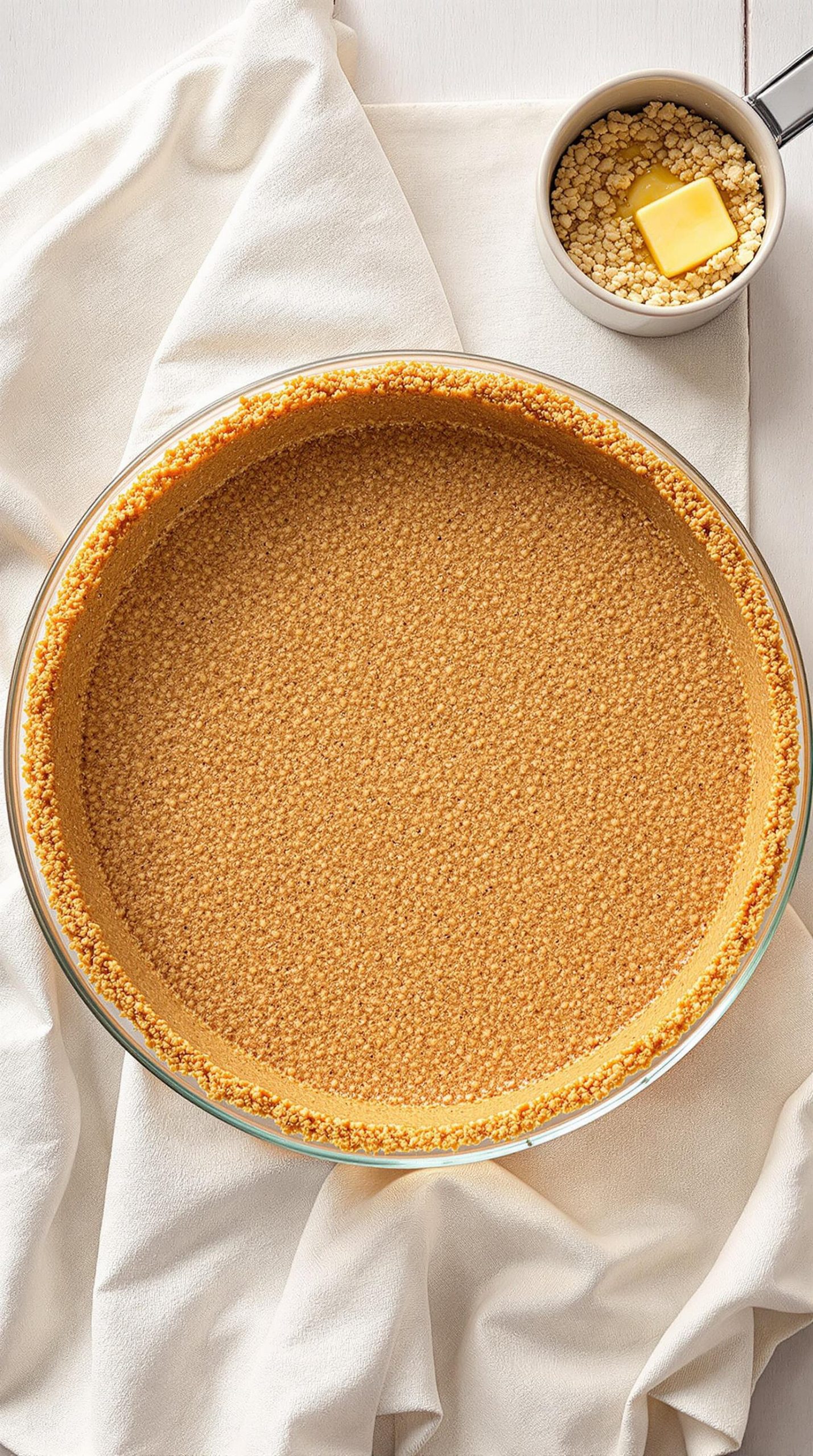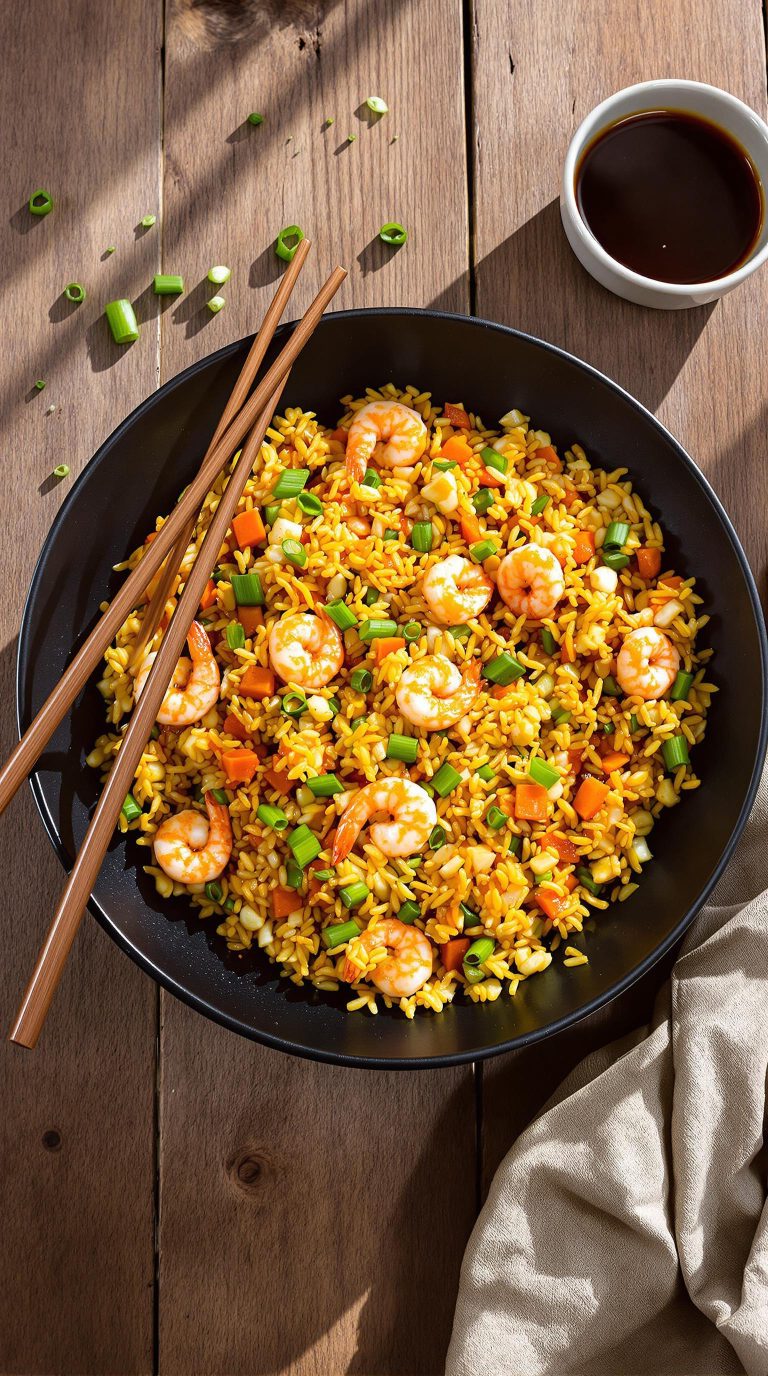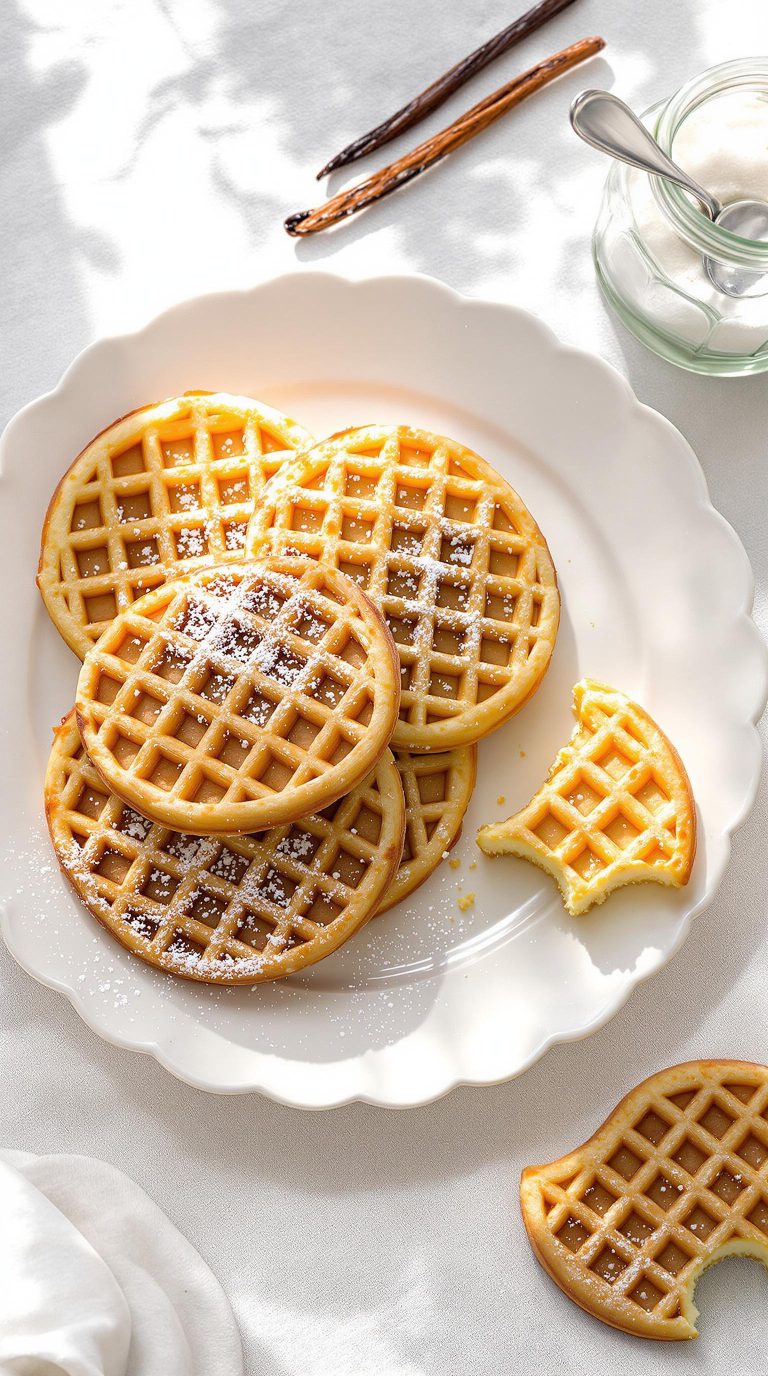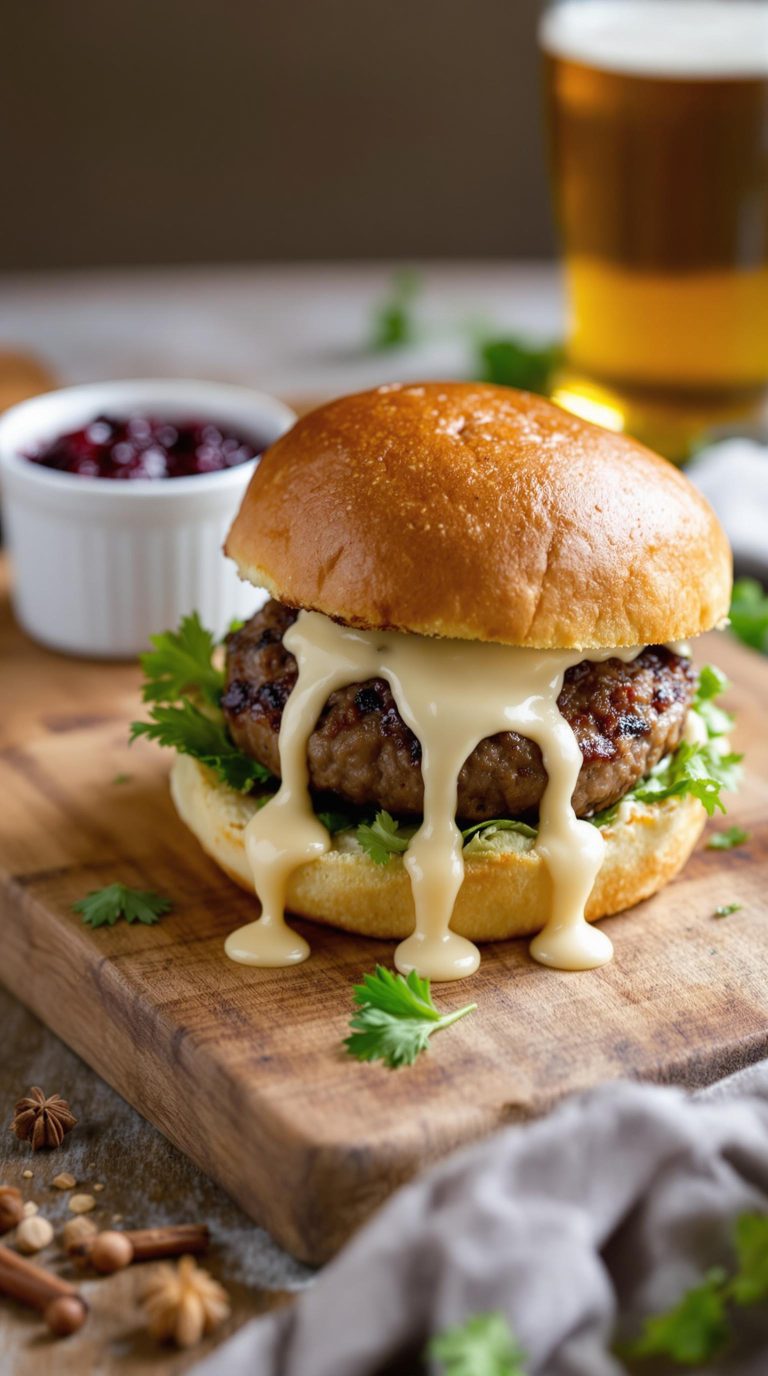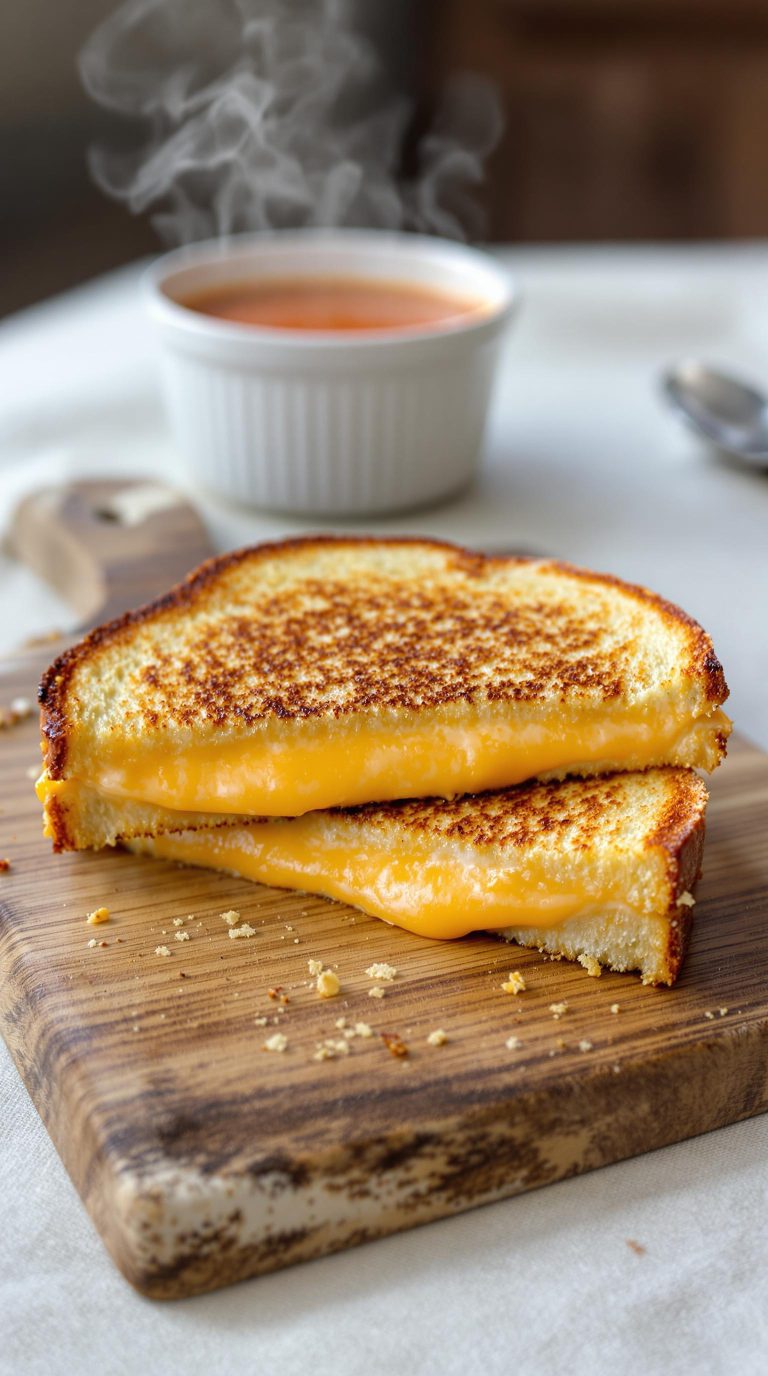Why You’ll Love this Buttery Graham Cracker Crust
There are three reasons why this buttery graham cracker crust will become your go-to recipe for all your pies and cheesecakes.
First, it’s ridiculously simple – just three ingredients that you probably already have in your pantry.
Second, the perfect balance of butter makes it hold together beautifully without crumbling when you slice it.
Finally, the customizable sweetness (choose brown sugar for warmth or white sugar for a crisper taste) means it complements everything from tangy lemon meringue to rich chocolate fillings.
Who needs store-bought crusts when homemade tastes this good and takes just minutes to prepare?
What Ingredients are in Buttery Graham Cracker Crust?
The beauty of a graham cracker crust lies in its simplicity. With just three basic ingredients, you can create a foundation that transforms ordinary pies and cheesecakes into something special.
This particular recipe creates a crust that’s perfectly buttery, with just the right amount of sweetness to complement whatever filling you choose. The ratio of ingredients is key here – too little butter and your crust crumbles, too much and it becomes greasy.
- 1 cup graham cracker crumbs
- 1/4 cup butter, melted
- 1/3 cup light brown sugar or 1/3 cup white sugar (use less for a less sweet crust)
When shopping for these ingredients, quality matters, though you don’t need to break the bank. For the graham crackers, you can either buy pre-made crumbs or crush whole crackers yourself (about 8 full graham cracker sheets equals 1 cup of crumbs).
The type of sugar you choose will affect the final flavor profile – brown sugar lends a warm, slightly caramel note while white sugar creates a cleaner, crisper sweetness.
And don’t even think about substituting margarine for the butter, as real butter provides that rich, unmistakable flavor that makes this crust so darn good.
How to Make this Buttery Graham Cracker Crust
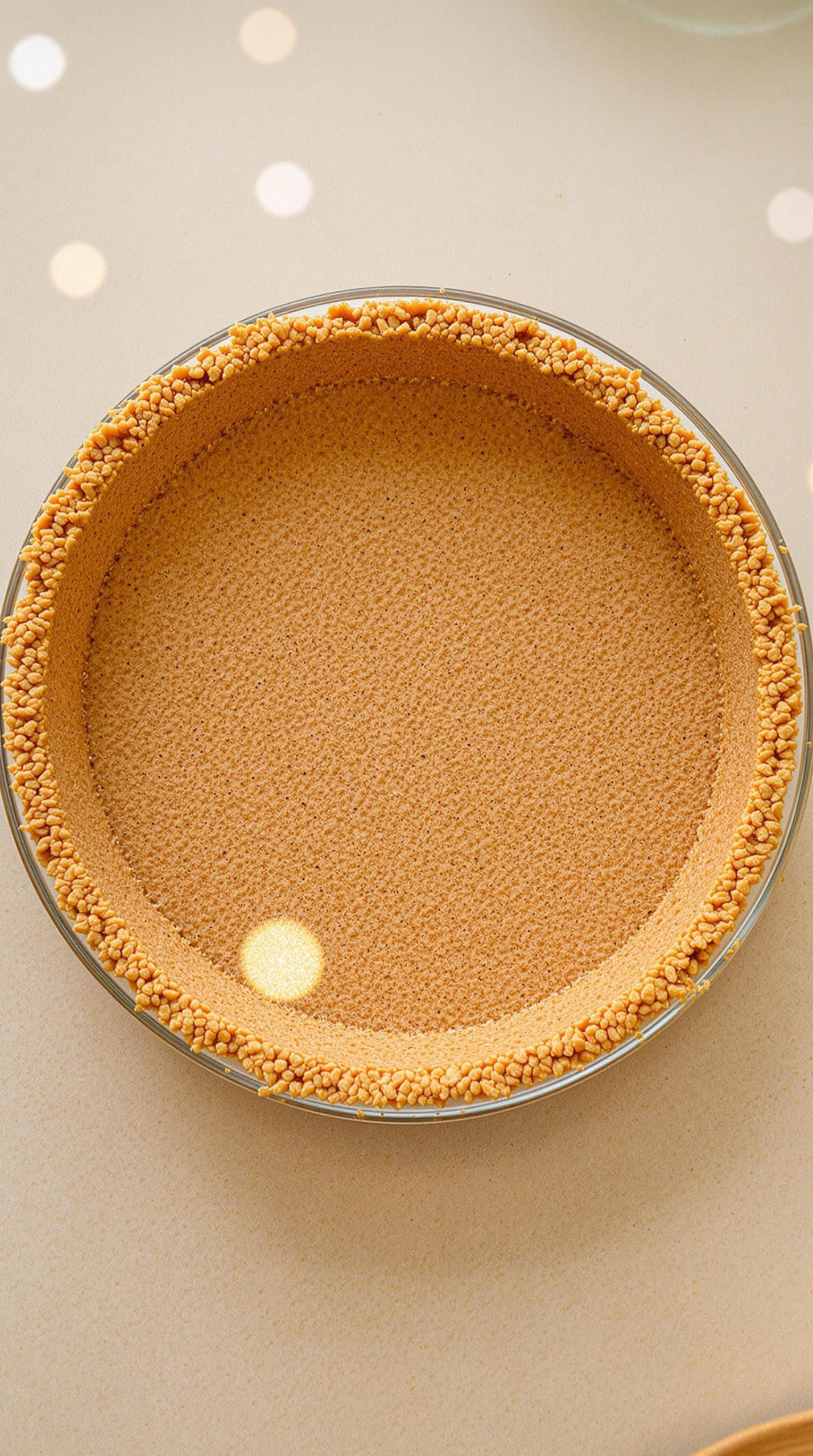
Making this buttery graham cracker crust couldn’t be simpler. Start by thoroughly mixing your 1 cup of graham cracker crumbs with 1/3 cup of light brown sugar (or white sugar if you prefer a less complex sweetness) and 1/4 cup of melted butter.
The key here is guaranteeing everything is well incorporated—I like to use a fork to distribute the butter evenly throughout the dry ingredients. You’ll know you’ve achieved the perfect consistency when the mixture resembles wet sand and clumps together when pressed between your fingers.
Next comes the most satisfying part: pressing this delicious mixture into your pie pan. Using your fingers or the bottom of a measuring cup (my personal favorite tool for this job), firmly press the crumbs onto the bottom of the pan and work your way up the sides until you’ve created an even layer.
Don’t rush this step—a properly packed crust is the difference between a pie that holds together beautifully and one that crumbles at the first touch of a fork. The thickness is entirely up to your preference, but remember that an overly thick crust might overwhelm your filling.
Finally, to achieve that perfect toasty flavor and guarantee your crust holds up to even the most moisture-rich fillings, it needs a quick trip to the oven. For a standard silver pan, bake at 350°F for 8-10 minutes, or if you’re using a dark pan, lower the temperature to 300°F for the same amount of time.
You’re looking for a subtle golden color and a heavenly graham cracker aroma wafting through your kitchen. Allow the crust to cool completely before adding your filling—this gives it time to set properly and develop that signature crisp-yet-tender texture that makes graham cracker crusts so irresistible. For even more morning baking inspiration, consider exploring luxury breakfast appliances that can elevate your kitchen experience and make the process even more enjoyable.
Buttery Graham Cracker Crust Substitutions and Variations
While traditional graham cracker crusts are undeniably delicious, sometimes you might need to make substitutions based on dietary restrictions or simply want to experiment with new flavor profiles.
For a gluten-free option, try crushed gluten-free cookies or nuts mixed with your melted butter. Not a fan of graham crackers? Vanilla wafers, chocolate cookies, or even pretzels can create amazing alternatives.
For flavor twists, I love adding a pinch of cinnamon or cocoa powder to the crumbs.
Want something less sweet? Reduce the sugar or substitute with coconut sugar. The possibilities are endless, and trust me, these little tweaks can transform your dessert experience.
What to Serve with Buttery Graham Cracker Crust
Once your buttery graham cracker crust is baked to golden perfection, you’ll need something equally delicious to fill it with.
I love pairing this versatile base with classic cheesecake, key lime pie, or a silky chocolate mousse.
For summer gatherings, nothing beats a fresh strawberry pie with whipped cream—the contrast between the sweet crust and tart berries is divine.
Feeling adventurous? Try a salted caramel pudding pie or banana cream filling.
The possibilities are endless.
What makes this crust special is how it complements both warm and chilled fillings while adding that irresistible graham cracker warmth and texture.
Final Thoughts
This graham cracker crust has become my go-to recipe for virtually every pie or cheesecake I create. The buttery texture, the perfect balance of sweetness, and that irresistible toasty flavor make it simply unbeatable.
Why mess with perfection, right?
I love how versatile this crust is—one recipe that works for countless desserts. The secret, I think, is in the quality of your graham crackers and taking those extra few minutes to properly press it into your pan. Just like with banana bread recipes, testing for proper doneness ensures you’ll achieve the perfect texture every time.
Crisp edges, firm bottom, no soggy spots.
Similar to making a good mac and cheese, taking time to perfect the fundamentals results in comfort food that satisfies every single time.
